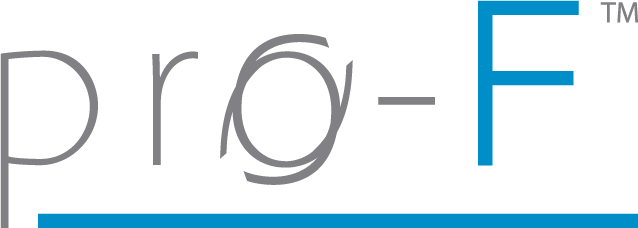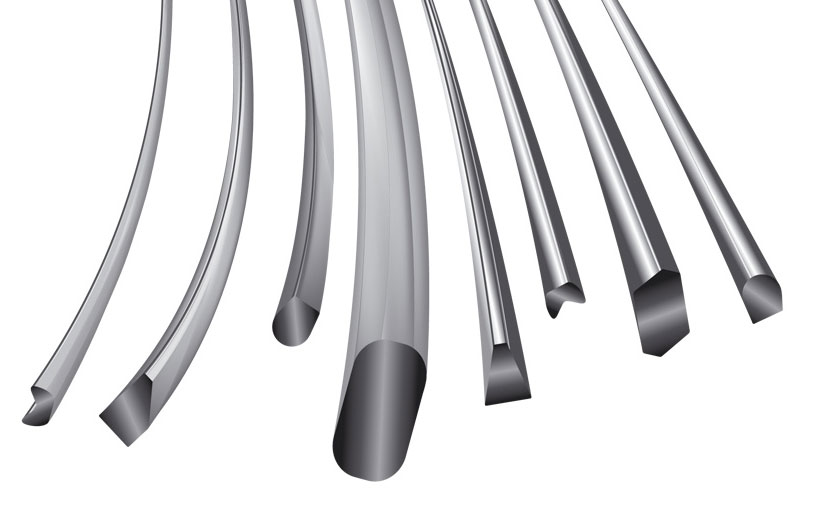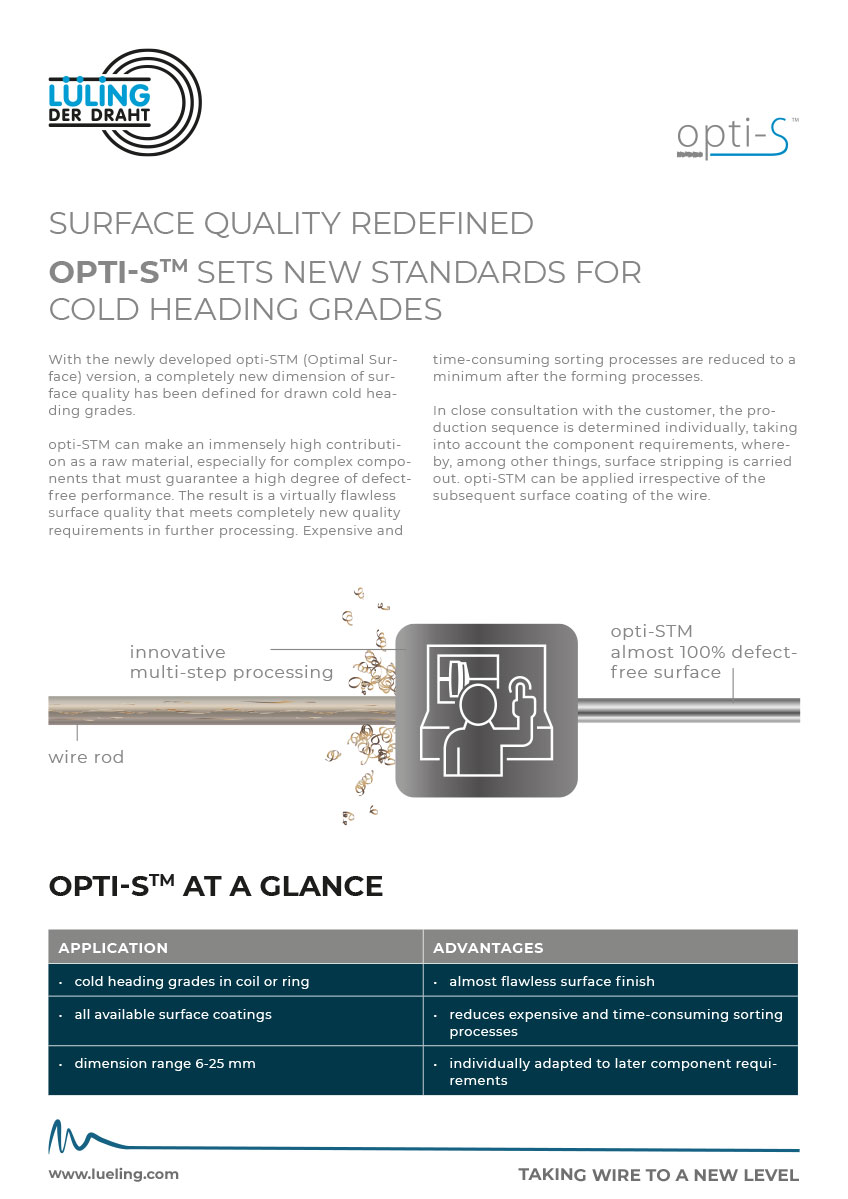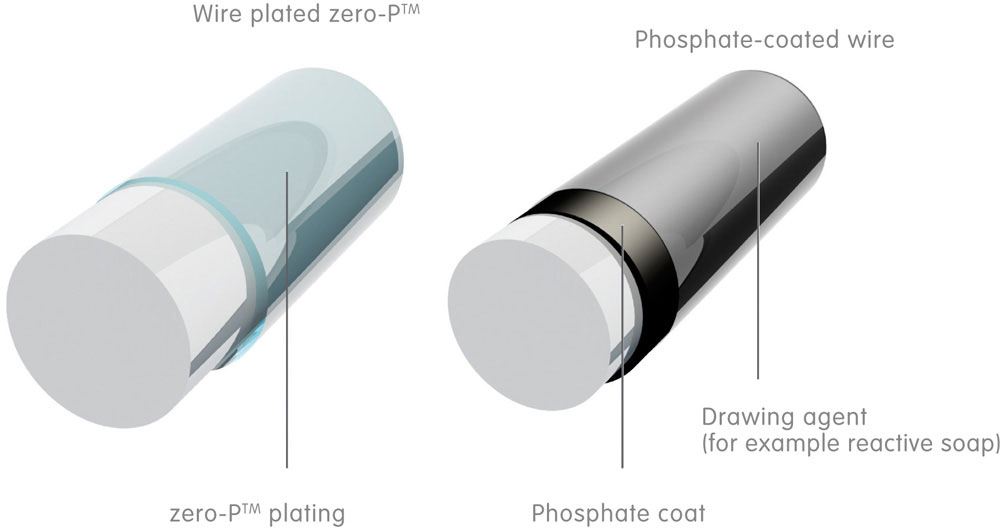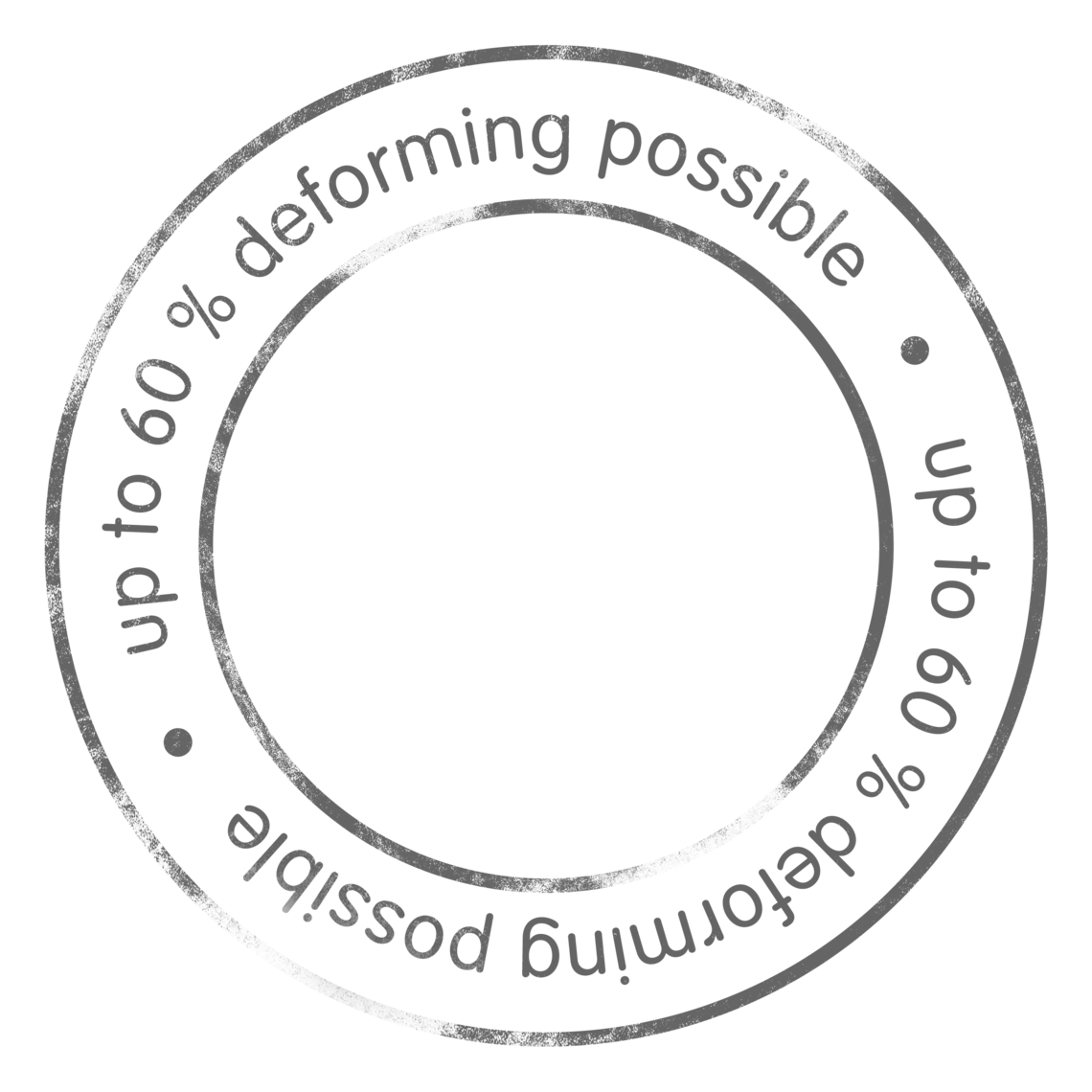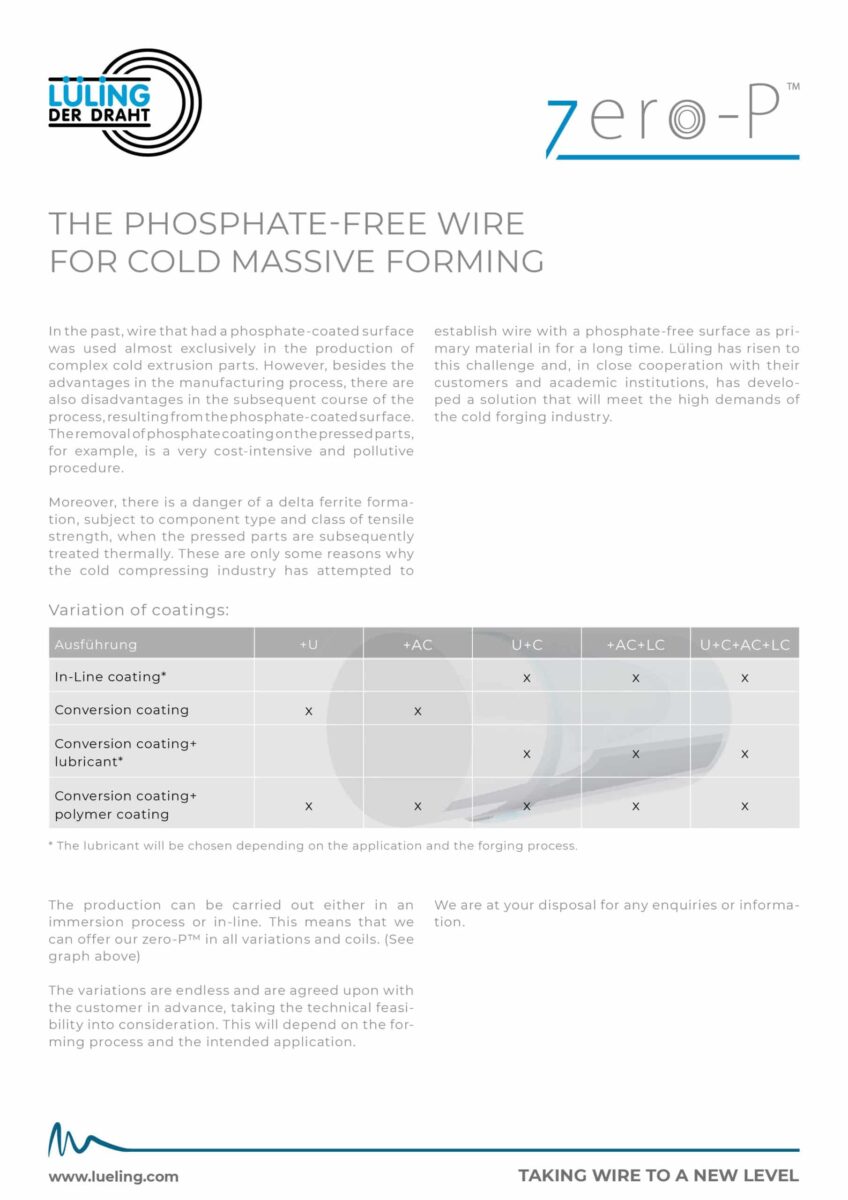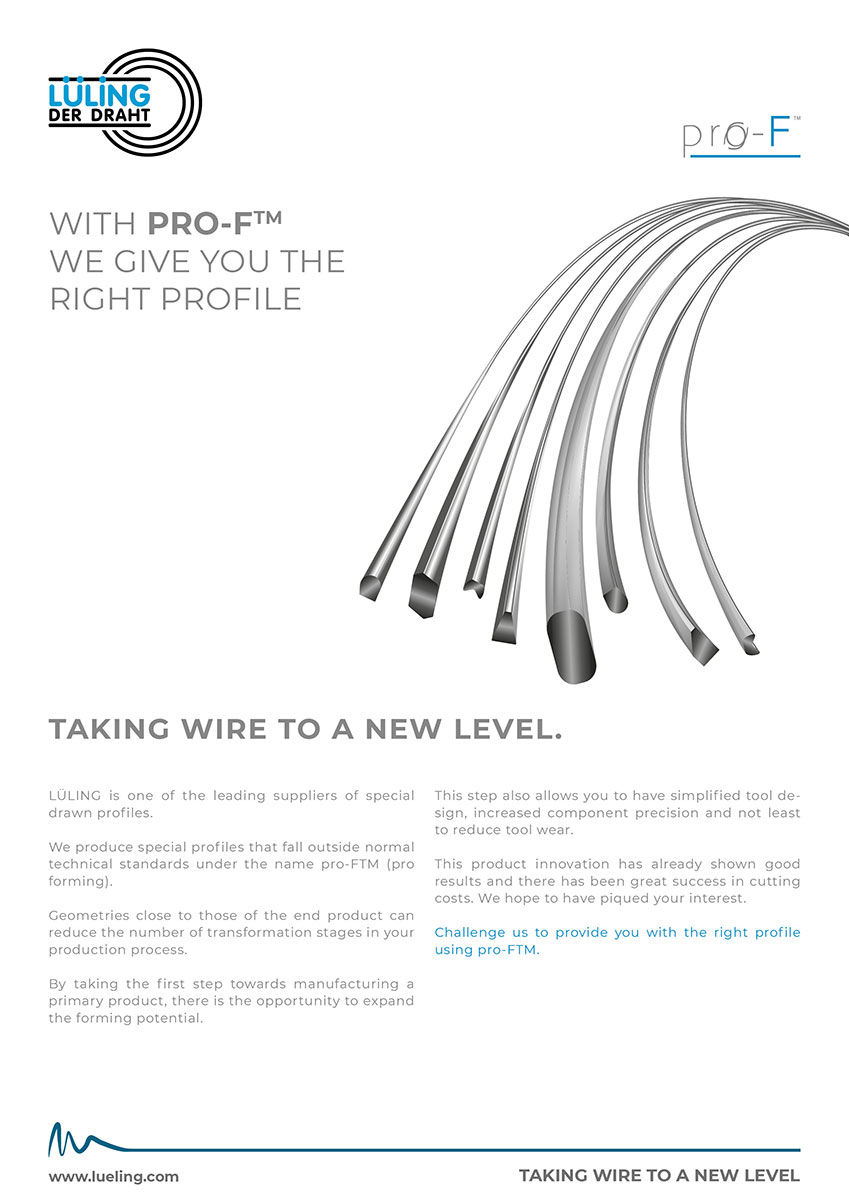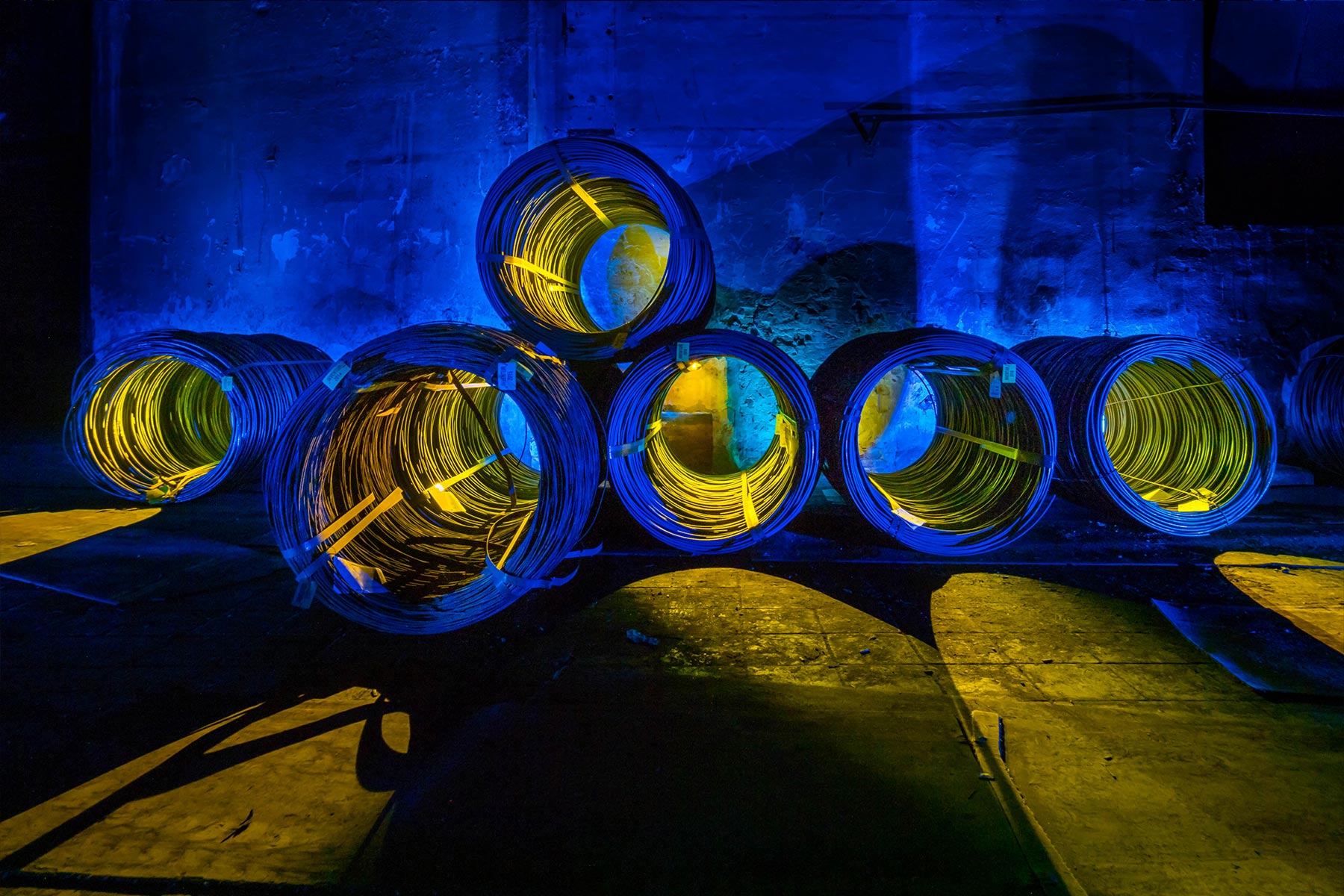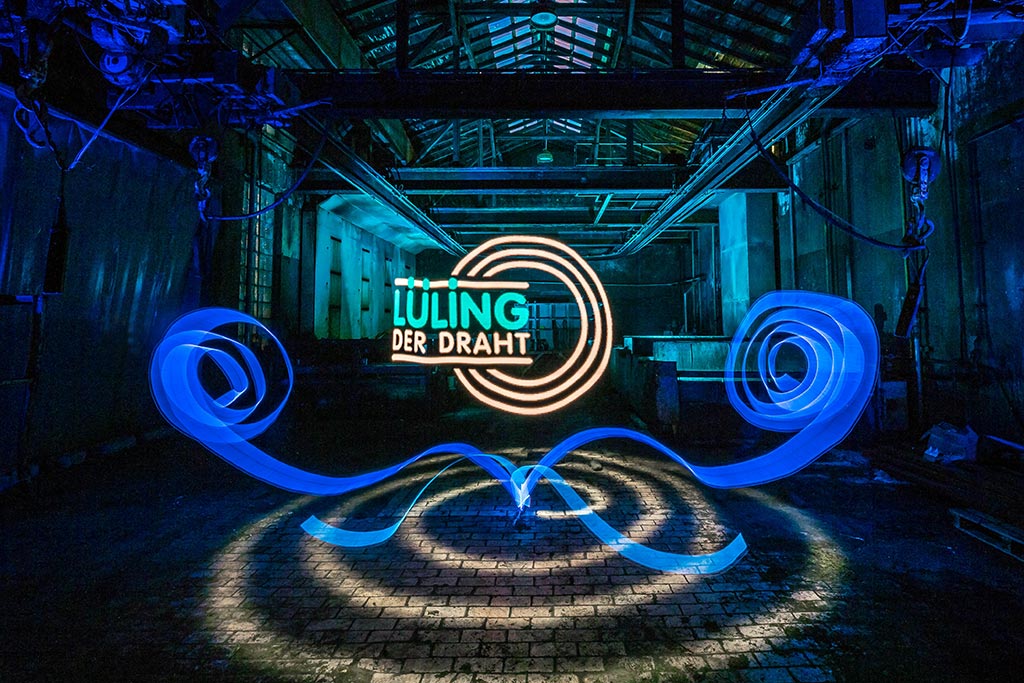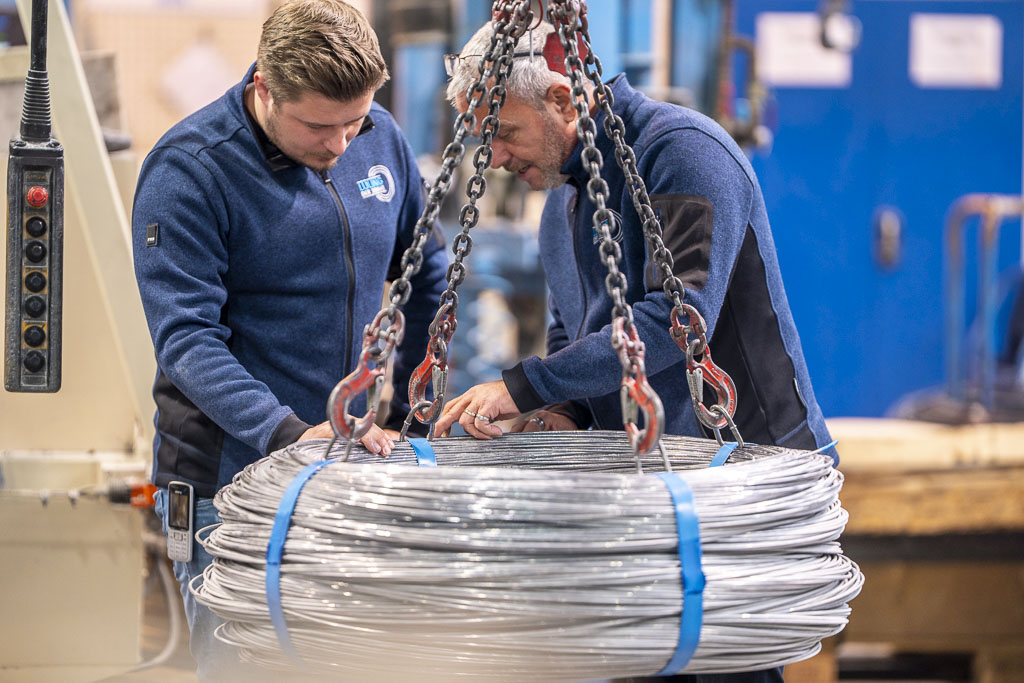Innovations for drawn cold heading qualities
Peeled wire and special profiles outside drawing standards and phosphate-free wire. Innovationen für gezogene Kaltstauchqualitäten
OPTI-S™: INNOVATIVE SURFACE QUALITY FOR COLD HEADING GRADES
opti-S™ (Optimal Surface) from LÜLING sets new standards in the quality of surfaces of drawn cold heading grades. This base material is of great importance, especially for high-quality components that must guarantee the highest degree of freedom from defects for their function.
With opti-S™, we can provide you with a near-perfect surface quality that optimally supports further processing and meets new quality standards. Your advantage: a significant reduction in costly and time-consuming sorting processes after the forming processes.
By working closely with our customers and taking into account the subsequent requirements of the components, we determine the production sequence individually. Among other things, surface removal is carried out in the process. The use of opti-S™ is possible regardless of the later required surface coating of the wire.
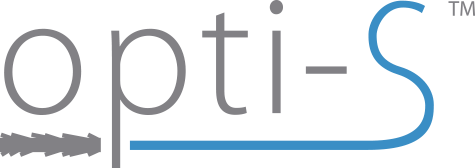
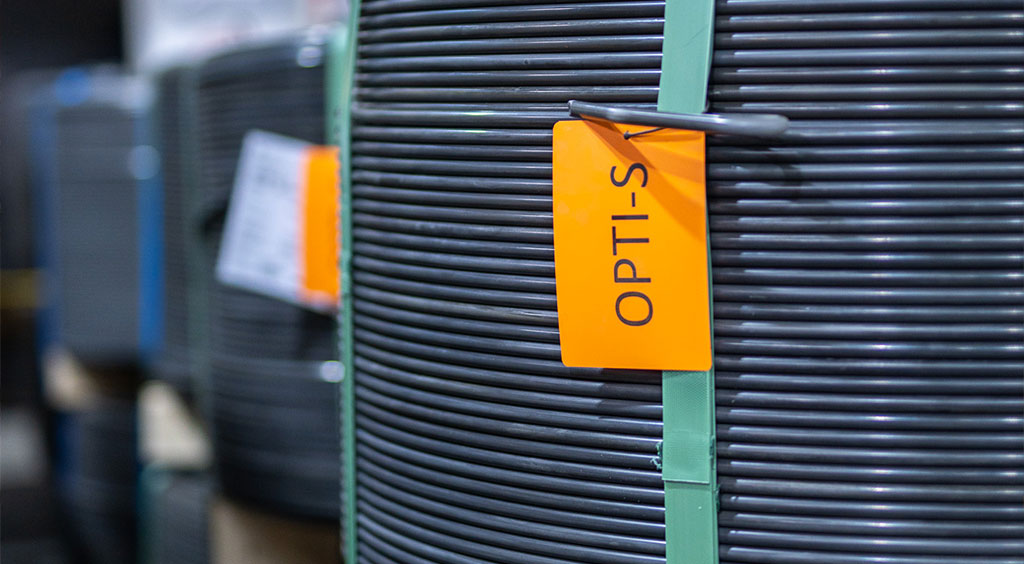
OPTI-S™: Manufacturing process

OPTI-S™: Applications and advantages
Application:
- cold heading grades in coils or rings
- all offered surface coatings
- dimensional range: 6-25 mm
Advantages:
- reduces costly and time-consuming sorting processes
- almost flawless surface finish
- can be individually adapted to subsequent component requirements
zero-P™: PHOSPHATE-FREE WIRE FOR COLD FORMING
The production of complex cold extrusion parts has so far mainly required the use of wire with a phosphated surface. Despite some manufacturing advantages, this approach also brings disadvantages, including the costly and environmentally damaging dephosphating of the pressed parts and the potential risk of delta ferrite formation during thermal post-treatment, depending on the part type and strength class.
These challenges have led to a long-standing effort in the cold heading industry to use wire with a phosphate-free surface as a starting material. We have worked closely with customers and scientists to develop a phosphate-free product that meets the demanding requirements of cold forging.
The unique know-how of our zero-P™ (zero phosphate) product is based on the combination of three key components to create a wire surface that best supports the excellent forming properties of our material:
- Replacing the conventional phosphate coating with a special coating made of organic and inorganic components
- Heat treatment optimised during the process
- Use of special drawing die technologies
Unlike phosphating, zero-P™ does not form a chemical bond with the base material, so it can be easily removed after the forming process.

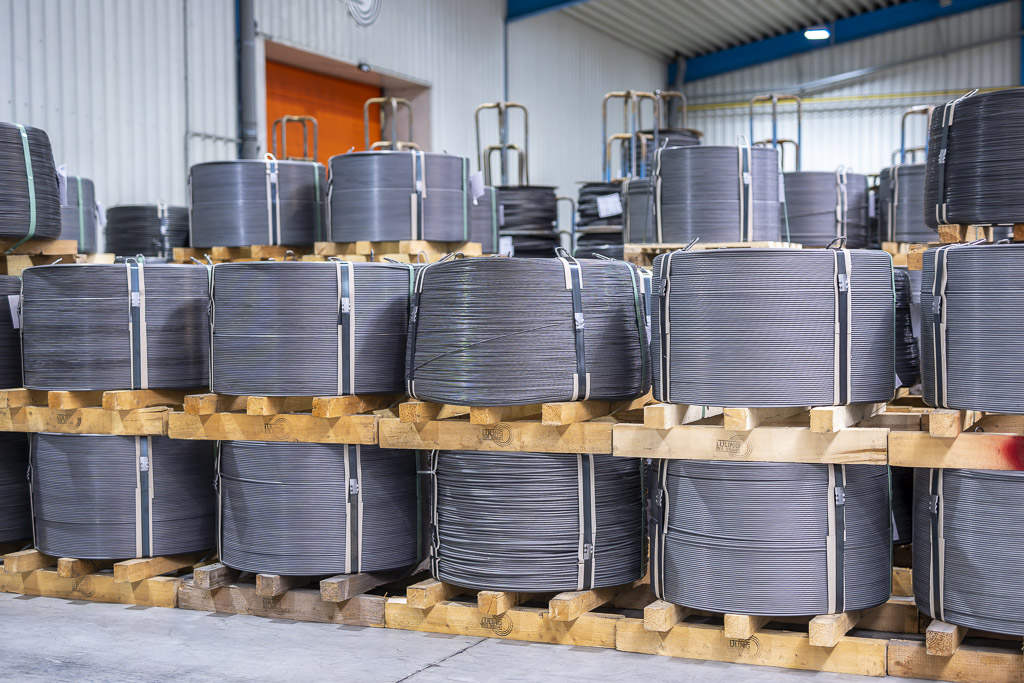
Vorteile von phosphatfreiem Draht
FURTHER PROCESSING
- No chemical connection with the base material
- Processing on multi-stage press is technically feasible
- Complex degrees of deformation can be realised
- No formation of delta ferrite in the heat treatment process
ENVIRONMENTAL PROTECTION
- reduced press oil contamination
- no environmentally harmful phosphate residues
- no cost-intensive and declarable waste disposal
- no nitrates or heavy metals in waste water
Effort & costs
- no costs for the dephosphatisation process
- no time required for cleaning the phosphate residues
- extended service life of tools and auxiliary materials
pro-F™: special drawn profiles
The LÜLING product pro-F™ (pro forming) enables the production of special drawn profiles in the ring beyond conventional drawing standards.
With geometric adjustments that are closer to the end product, forming stages can be saved in your production process. In addition, the forming potential can be increased by shifting the first process stage to the pre-product.
Benefit from:
- optimised tool design
- improvement of the precision of the component
- and reduction of tool wear
